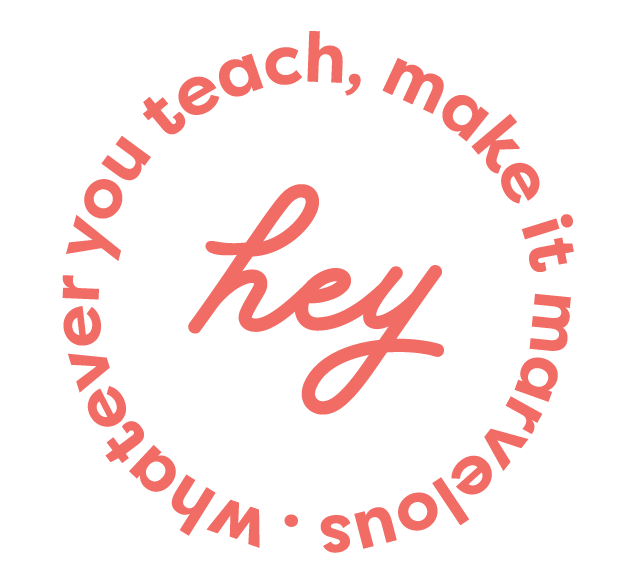Why You Should Master the Art of Conversation
We’re talking all month about email list-building since this should be a priority for all of you this year regardless of whatever stage you’re at in your business. Today’s topic dives deeper into the use of language in business -- both within your email marketing campaigns and in your general interaction with students and clients.
Back when I was teaching law school classes, I worked with an amazing facilitation coach. This mentor helped me to become more comfortable as a leader, public speaker, and classroom teacher by showing me how to use language to encourage my students (many of whom were older than me), create honest and open dialog, and to connect deeply with my audience from the front of the room. Amazingly, I’ve been able to apply many of these same strategies to business -- largely through the use of email marketing campaigns (but also through client calls, live demos, and social media marketing efforts). Given how powerful these tools have been for me in my business (and my life), I’d like to share a few core elements with you.
First of all, I feel that it’s helpful to think about your interactions with your students and prospective students (or clients / prospective clients) as an ongoing dialog or conversation. Every point of interaction is either moving you closer to that person or further away. (Note: this doesn’t have to be a bad thing. It’s great when someone realizes they are not the right fit for us. This gives us more bandwidth to focus on our quintessential clients.) Once you start thinking about your work as an ongoing dialog, you can determine which level of conversation you’d like to facilitate with your community in any given email, social media status update, or blog post. Here are the four levels of dialog that I work with on a daily basis:
The Objective Level = “Inform” (focusing on external reality, facts, news, statistics, etc.)
The Reflective Level = “Excite” (focusing on storytelling, reactions, point of view)
The Interpretive Level = “Involve” (focusing on values, meaning, impact)
The Decisional Level = “Inspire” (focusing on action and resolution)
You might be wondering about which level of dialog you should be focusing on in your marketing efforts and the answer is all of them. Leadership (an essential component of starting and running your own business) requires a healthy mix of all four types of dialog.
Most of us, I’ve observed, are more naturally focused on the top two levels of conversation -- the objective level and the reflective level. We are comfortable discussing current events and new research into various health and wellness topics. We are also naturally inclined towards storytelling -- especially our own stories (“My Healthy Living Journey” is all over the Interwebs). These types of interactions are important -- they build connection and relation, but they are not everything and growing a true client base and community will require you to master the second two levels of dialog as well.
The interpretive level of conversation demands that you connect with your community on the level of values, significance, and meaning. It means that you take a stand for something, rather than try to please everyone. For many of us, this is a really hard thing to do. We don’t want to alienate anyone or lose any potential clients, so we try to keep the conversation light and if I’m being brutally honest, shallow. When we don’t share our own values, it is basically impossible to elicit a heartfelt reaction from anyone else. And we all know that the best way to build a successful brand is to start with our “Why” and be super transparent about our mission and reason for existing in the marketplace. Starting to work within this interpretive level of dialog will change your business and how you show up publicly as a brand.
The other weakness for many new businesses takes place at the decisional level. These are the words that you write or speak to elicit action from your client base. This is how you ask for the sale, request an email address, and follow up on an unpaid invoice. This is where you ask for action to be taken by certain deadlines. This is where you state your offer and then ask for commitment. BY FAR, this is the most difficult type of dialog for most of us to master. It requires us to be clear and assertive and to ask for the other person to give us an answer -- one way or another. If you build a sales page, this type of working means that you send a persuasive email to your followers, directing them to that sales page and asking them to take action.
If you can weave these four levels of dialog into your email marketing campaigns, you’ll be well on your way to building an engaged community. Here’s a challenge for you… In the next email you send your list, see if you can inform, excite, involve, and inspire your subscribers.


